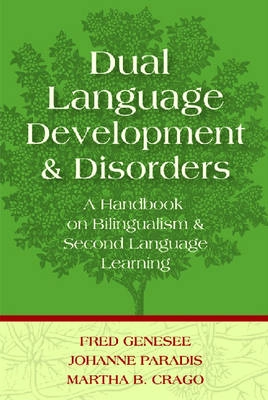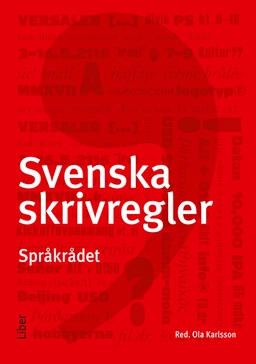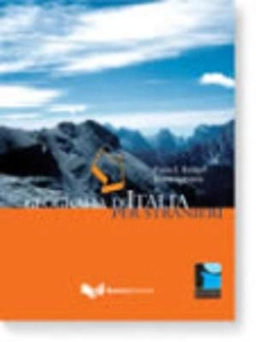

Dual language development and disorders : a handbook on bilingualism and second language learning
- Utgiven: 2004
- ISBN: 9781557666864
- Sidor: 233 st
- Förlag: Paul H. Brookes Pub. Co
- Språk: Engelska
Om boken
Åtkomstkoder och digitalt tilläggsmaterial garanteras inte med begagnade böcker
Mer om Dual language development and disorders : a handbook on bilingualism and second language learning (2004)
2004 släpptes boken Dual language development and disorders : a handbook on bilingualism and second language learning skriven av Fred Genesee. Den är skriven på engelska och består av 233 sidor. Förlaget bakom boken är Paul H. Brookes Pub. Co.
Köp boken Dual language development and disorders : a handbook on bilingualism and second language learning på Studentapan och spara pengar.
Referera till Dual language development and disorders : a handbook on bilingualism and second language learning
Harvard
Oxford
APA
Vancouver



















